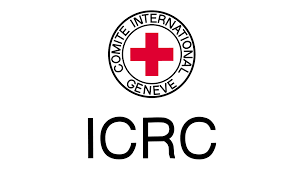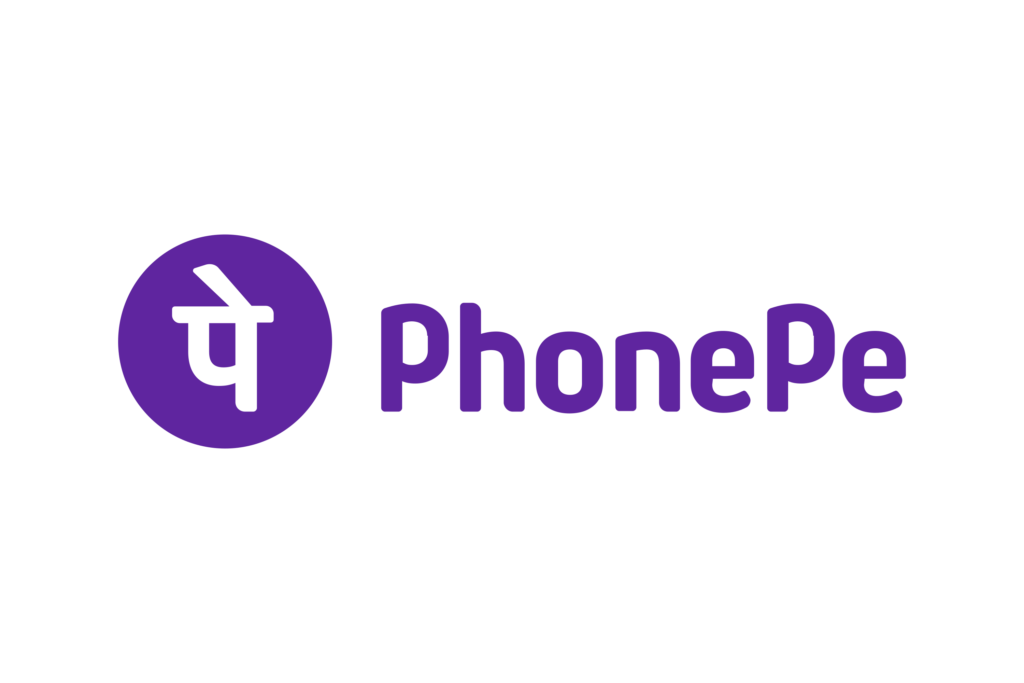Wow, the recent cyber-attack on the International Committee of the Red Cross (ICRC) is sparring serious worries everywhere. I mean, here’s an organisation dedicated to helping people in crises and conflicts—imagine all the crucial data they hold! It’s scary to think what might happen if that information gets into the wrong hands.
So, let’s dig in. This attack isn’t just another headline; it’s a wake-up call. Have you ever stopped to wonder about how safe your information really is? Well, this brings that question right to our doorstep. The implications are huge and can’t be overstated (Seriously). If those hackers get their hands on sensitive info—the kind that could put lives at risk—it’s not just a blow to data security; it’s a threat to humanity’s moral fabric.
Introduction to the ICRC
To understand the gravity of the cyber-attack on the ICRC, it’s essential to first grasp the organisation’s role and importance. Founded in 1863, the ICRC’s mission is to protect and assist victims of armed conflict and other situations of violence. The organisation provides medical care, food, and other essential services to people in war-torn regions, and works diligently to ensure the humane treatment of individuals around the world.
The ICRC’s extensive operations require it to store vast amounts of sensitive data, including personal information about victims of war, missing persons, detainees, and much more. This data is not only crucial for the ICRC’s operations but also for ensuring the safety and security of individuals in conflict zones.
The Cyber-Attack: What Happened?
In early January 2022, the ICRC reported a sophisticated cyber-attack on its servers. The breach was discovered during routine security monitoring, which indicated unauthorised access to its IT infrastructure. The attack resulted in the compromise of personal information of over 515,000 individuals, including vulnerable populations and those separated from their families due to conflict, migration, or disaster.
| Date | Event |
| November 9, 2021 | Initial breach occurred |
| January 18, 2022 | Anomaly detected and breach confirmed |
| Within 70 days | Time taken to detect the anomaly |
| 212 days (avg.) | Average time to identify a breach (IBM report) |
Techniques Used by Attackers
The attackers employed advanced techniques to infiltrate the ICRC’s systems, evading multiple security measures. While the ICRC has not disclosed the exact methods used, it is believed that the attackers utilised a combination of phishing, spear-phishing, and possibly even zero-day exploits to gain access.
- Phishing and Spear-Phishing: These are common techniques used by cybercriminals to trick individuals into revealing sensitive information or credentials. Phishing usually involves mass-emailing fraudulent messages, while spear-phishing targets specific individuals with personalised emails.
- Zero-Day Exploits: These refer to vulnerabilities in software that are unknown to the vendor. A zero-day exploit targets these vulnerabilities before they can be patched, making them particularly dangerous.
Impact of the Attack
The implications of the breach are profound, affecting thousands of vulnerable individuals. The data compromised includes highly sensitive personal information, making it a serious privacy and security concern. Additionally, the breach undermines the trust placed in the ICRC by the global community, potentially hindering their ability to carry out their vital humanitarian work.
Data Accessed and Potential Risks
- Personal Data: The breach included personal data such as names, locations, and contact information of over 515,000 people worldwide.
- Vulnerable Populations: The affected individuals include missing people, detainees, and those affected by armed conflict, natural disasters, or migration.
- Data Export Potential: It is presumed that data sets were copied and exported by the hackers, though there is no evidence of publication or trade.
- No Data Deletion: No data was deleted in the breach, allowing the ICRC to relaunch systems and continue reconnecting loved ones.
The Broader Context: Cybersecurity Challenges
Rise of Cyber-Attacks on Humanitarian Organisations
The ICRC is not alone in facing cyber threats. There has been a noticeable increase in cyber-attacks on humanitarian organisations in recent years. These organisations are attractive targets for attackers due to the sensitive nature of the data they hold and the often-limited cybersecurity resources at their disposal.
- 2019: The United Nations experienced a cyber-attack that compromised data from its human rights agency, including information on thousands of individuals.
- 2020: Multiple non-governmental organisations (NGOs) reported cyber-attacks that disrupted their operations and compromised personal data.
Why Humanitarian Organisations are Vulnerable
Humanitarian organisations often operate on tight budgets, with limited resources allocated to cybersecurity. Additionally, their focus is primarily on providing immediate aid and support, sometimes at the expense of long-term IT security planning. This combination makes them vulnerable to sophisticated cyber-attacks.
- Limited Resources: Budget constraints mean less investment in advanced cybersecurity tools and professional expertise.
- Focus on Immediate Needs: The urgency of on-the-ground operations can lead to cybersecurity being overlooked.
- Legacy Systems: Many organisations operate older IT systems that are more susceptible to attacks.
Implications and Repercussions
Immediate Consequences for the ICRC
The immediate aftermath of the attack saw the ICRC taking swift action to contain the breach and assess the damage. The organisation temporarily shut down its compromised servers and moved critical services to a secure environment.
- Data Loss and Exposure: The primary consequence of the breach is the exposure of personal data of individuals, including those already in vulnerable situations. This can lead to various risks, including identity theft, targeted violence, and further exploitation.
- Operational Disruptions: The ICRC had to temporarily shut down certain services, which affected ongoing humanitarian missions globally.
Broader Implications for Cybersecurity
The breach of the ICRC has broader implications for global cybersecurity, especially for humanitarian organisations. It highlights the urgent need for stronger cybersecurity measures and increased awareness of cyber threats within the humanitarian sector.
- Need for Enhanced Cybersecurity: Organisations must invest in modern cybersecurity tools and protocols to protect sensitive information.
- Awareness and Training: Increased awareness and training about cyber threats for staff and volunteers can help mitigate risks.

- Collaboration with Cybersecurity Experts: Partnering with cybersecurity experts and organisations can provide access to the latest best practices and technologies.
Strengthening Cybersecurity in Humanitarian Organisations
Crucial Actions to Boost Cybersecurity
Improving cybersecurity is a multi-faceted process that requires a combination of technological, procedural, and educational strategies. Here are key steps that humanitarian organisations can take to protect themselves from cyber threats:
- Implementing Advanced Security Measures: Utilising advanced security technologies such as firewalls, intrusion detection systems, and encryption can help protect sensitive data.
- Regularly Updating Software and Systems: Ensuring that all software and systems are regularly updated and patched can mitigate vulnerabilities.
- Conducting Security Audits: Regular security audits can help identify and rectify potential weaknesses in IT infrastructure.
- Investing in Cybersecurity Training: Educating staff about cybersecurity threats and best practices can significantly reduce the risk of successful cyber-attacks.
A. System Recovery and Security Enhancements
The ICRC’s systems are now back online with significant security enhancements, including:
- Two-Factor Authentication: A new two-factor authentication process has been implemented.
- Advanced Threat Detection: An advanced threat detection solution has been added.
- Penetration Testing: Systems were relaunched only after successful penetration tests conducted by external experts.
- Continuous Monitoring: Ongoing monitoring and security enhancements are in place to protect the systems.
B. Informing Affected Individuals
The process of informing individuals whose data was breached is complex and ongoing. It involves:
- Multiple Communication Channels: Phone calls, hotlines, public announcements, and letters are being used.
- In-Person Visits: In some cases, teams are travelling to remote communities to inform people in person.
- Focus on Hard-to-Reach Populations: Special efforts are being made to contact migrants and others who are difficult to reach.
C. Sophistication of the Attack
This attack was highly sophisticated and targeted due to several factors:
- Advanced Hacking Tools: The attackers used advanced tools designed for offensive security, typically used by advanced persistent threat (APT) groups.
- Obfuscation Techniques: Sophisticated techniques were used to hide and protect their malicious programs.
- Target-Specific Code: The attackers created code designed specifically for the ICRC servers, indicating a targeted approach.
- Bypassing Anti-Malware: Despite active anti-malware tools, the attackers managed to deploy files that bypassed these defences until advanced endpoint detection and response (EDR) agents were installed.
D. Detection and Duration of the Breach
- Detection Timeline: The breach was detected 70 days after it occurred, on January 18.
- Breach Duration: The analysis shows that the breach occurred on November 9, 2021.
- Average Detection Time: On average, data breaches are identified in 212 days according to IBM’s “Cost of a Data Breach Report 2021.”
E. Collaborative Efforts for Cybersecurity
Collaboration is key to enhancing cybersecurity in the humanitarian sector. By working together, organisations can share knowledge, resources, and strategies to better protect against cyber threats.
- Partnerships with Cybersecurity Firms: Collaborating with cybersecurity firms can provide access to advanced technologies and expertise.
- Information Sharing: Sharing information about threats and successful defence strategies within the sector can help improve overall cybersecurity.
- Government and Private Sector Support: Governments and private sector entities can provide support in the form of funding, resources, and expertise to bolster the cybersecurity efforts of humanitarian organisations.
The Way Ahead and the Lessons Learned
Key Lessons from the ICRC Cyber-Attack
The cyber-attack on the ICRC offers several crucial lessons for humanitarian organisations and the cybersecurity community at large:
- No Organization is Immune: Even organisations with noble missions and sophisticated operations are not immune to cyber threats.
- Importance of Proactive Security Measures: Being proactive in implementing robust cybersecurity measures is essential.
- Need for Rapid Response Plans: Having a well-defined rapid response plan can help mitigate the damage caused by cyber-attacks.
Building a Resilient Cybersecurity Framework
Moving forward, building a resilient cybersecurity framework is essential for humanitarian organisations. This involves not only implementing advanced security technologies but also fostering a culture of cybersecurity awareness and collaboration.
- Adopting a Holistic Approach: Cybersecurity should be integrated into every aspect of organisational operations, from management to on-the-ground activities.
- Continuous Improvement: Cyber threats are constantly evolving, making it critical to regularly update and improve cybersecurity measures.
- Fostering Collaboration: Building strong partnerships and collaborative networks can provide valuable support and resources.
Conclusion
The cyber-attack on the ICRC serves as a stark reminder of the growing threat of cyber-attacks on humanitarian organisations. It underscores the importance of robust cybersecurity measures and proactive strategies to protect sensitive data and maintain operational integrity. By learning from this incident and taking decisive action, the humanitarian sector can strengthen its defences and continue its vital work without fear of cyber threats.
The challenge of cybersecurity is a shared responsibility. By working together and staying vigilant, we can protect the critical work of humanitarian organisations and safeguard the vulnerable individuals they serve.
Click here, to learn more about Cisco data breach.









